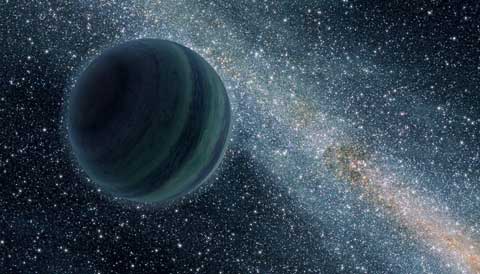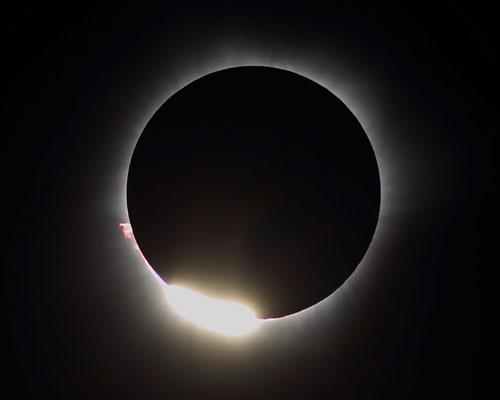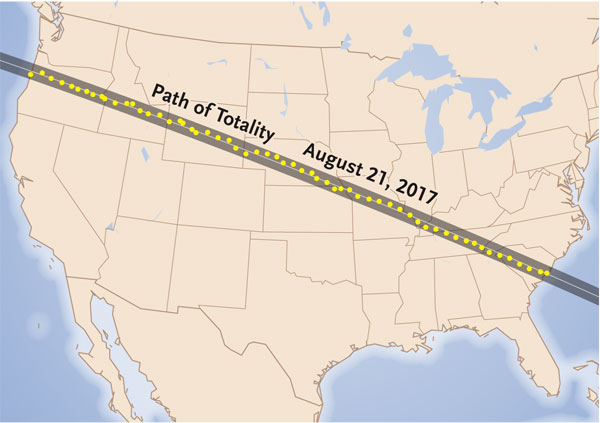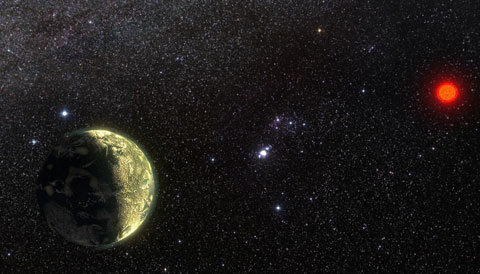Hankering to discover new systems or better understand our own? Scratch your science itch with these citizen science projects and public data troves.

NASA / Caltech
Do you ever feel an itch to understand the universe a little better, be part of something greater, and just do some science? I get to learn and write about science for a living, yet I still have a hankering to get my hands dirty from time to time.
Well, hanker no more, science has us covered. Citizen science has long proven a boon to astronomers as data continues to pour in, and sometimes even the smartest computer algorithms stumble on problems that human eyes and brains solve without a second thought.
Here are some up-and-coming projects that you can get involved in, listed in order of effort involved, from "armchair astronomy" to "going pro."
Citizen Science: Backyard Worlds & Planet 9
This project, based on data from the Wide-field Infrared Survey Explorer (WISE), is part of the larger Zooniverse group of citizen science initiatives. If you’re familiar with Galaxy Zoo and PlanetHunters, then you already know how Backyard Worlds works: you’ll undergo simple training via a tutorial then be set loose to categorize images.
The project's goal is stated in its name: to discover worlds in the Sun’s backyard. Brown dwarfs, for example, should be numerous in the solar neighborhood, betraying their existence by their faint infrared glow. But the main lure is to discover the putative Planet 9. This planet, which could be as much as 10 times Earth’s mass, might orbit the Sun at 1,000 times the Earth-Sun distance. Astronomers posited its existence due to a weird alignment in the far-out orbit of Kuiper Belt worlds, so we don’t have a good idea of where it is. But Planet 9, if it exists, should also glow dimly with infrared radiation.
WISE mapped the entire infrared sky several times over during the course of its 7-year primary mission. In doing so, it discovered 750 million sources — far too many to hand off to a graduate student, and filled with imaging artifacts that confuse computer algorithms.
To find the needles in this enormous haystack, motion will be key. Nearby sources will move across the sky compared to more distant stars in the background. Citizen scientists will have the fun job of watching a flipbook of the infrared universe to catch the movements that betray new worlds in our backyard.

For more information and to get started, visit the Backyard Worlds: Planet 9 website.
Total Solar Eclipse: The Megamovie

You’ll have to wait to participate in the next two citizen science projects, because the real action won’t happen until August 21st, the day a total solar eclipse briefly becomes visible across the continental U.S. But now’s the time to learn about the projects and decide if and how you want to get involved.
For any given location on eclipse day, totality will last under three minutes. Even those flying along the path won’t extend their view longer than five minutes. But if you tally together the observations from across the country, totality will last a full hour and a half. That’s a good length of time to study an ephemeral phenomenon and get a rare glimpse of the Sun’s outer atmosphere. (The corona is visible to ground-based solar telescopes if a coronagraph blocks out the Sun’s glare, but lower layers of the corona remain difficult to see except during a total solar eclipse.)
The Eclipse Megamovie Project, led by Hugh Hudson (University of California, Berkeley) and Scott McIntosh (National Center for Atmospheric Research’s High Altitude Observatory), and funded by Google’s Making & Science Initiative, aims to create two versions of eclipse movie. The first requires some training, as well as a digital single-lens reflex (DSLR) with a zoom lens of at least 300mm, plus a tripod and the ability to record their GPS location and time to within a second in coordinated universal time (UTC).
But anyone with a smartphone can also participate. The team will make an app available to help users take time-coded photos of the eclipse and upload them for inclusion in a second, much lower-resolution movie.
A first version of the megamovie will be available mere hours after the eclipse wraps up, though higher-resolution versions of the movie, analysis, and science results will come later. “The movie is a tool for scientific exploration,” Hudson said in a recent press release. “We’ll be collecting this level of data for the first time.”
To find out more about the project and how you can participate, visit the Eclipse Megamovie Project website.
Total Solar Eclipse, Take 2: Citizen Cate
The megamovie project won’t be the only ones filming the eclipse. The Citizen Continental America Telescopic Eclipse (CATE) experiment will also create a 90-minute movie of the eclipse to specific standards. (See Sky & Telescope’s February 2016 article: Citizen Science for the Great American Solar Eclipse.)
Compared to the Megamovie project, where observers will be scattered all along the path of totality, Citizen CATE is more of a relay race. Sixty trained observers will be stationed along specific points along totality, each one “handing off” the lunar shadow to the next one in line. CATE is providing equipment and training, so that all observations will be made with nearly identical telescopes. You can read more about the specific science goals of the experiment at Citizen CATE’s website.

S&T: Gregg Dinderman, Source: National Solar Observatory
Observers for the primary sites have already been selected: 24 university groups are involved, as well as 16 high schools, 7 informal education groups and about 12 citizen scientists. But you can still join the project! If you are interested in purchasing a telescope to become a CATE site, visit the Citizen CATE website to find out what next steps to take.
Exoplanet Data Made Public

Ricardo Ramirez
If you’re ready to graduate from citizen science to Science with a capital “S”, this next data trove is for you.
Before Kepler and its bevy of transiting-planet discoveries, there was radial velocity. Astronomers discovered hundreds of planets by the gravitational tugs they make on their host stars, the wobbling stars’ spectral lines shifting blueward and then redward as they move toward and away from Earth.
Now a team led by the Carnegie Institution for Science is releasing a two-decade program that made almost 61,000 measurements of more than 1,600 stars, looking for these radial velocity shifts. Using statistical analysis, the team has already discovered more than 100 planets, but now they are making the data public for further finds.
Admittedly, the dataset and software package aren’t exactly for average Jane and Joe Citizen. Professional astronomers will make great use of this data, combining it with existing data of their own or applying for follow-up observations. But if you’re an astronomy enthusiast who also happens to like data analysis (and in this era of Big Data, you’re not alone!) then you might want to take some time with the online tutorial and give it a go.
 0
0









Comments
You must be logged in to post a comment.